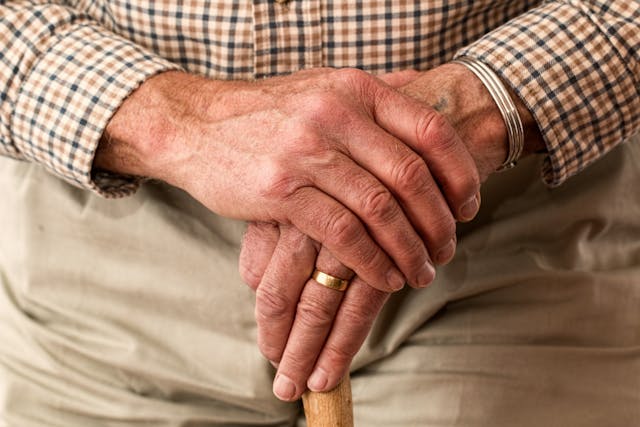
Cellulite is a benign skin disorder that generates lumpy, dimpled skin on the thighs, hips, buttocks, and belly. Women are the ones who are most affected.

Many people attempt, with varying degrees of success, to enhance the appearance of their skin through weight loss, exercise, massage, and cellulite creams. There are also medically established therapeutic alternatives accessible, albeit the effects aren’t immediate or long-lasting.
Symptoms
Cellulite appears as lumpy or dimpled skin. It has a cottage cheese or orange peel texture, according to some.
If you squeeze your skin in a region where you have cellulite, such as your thighs, you can notice mild cellulite. More severe cellulite causes the skin to seem rumpled and bumpy, with peaks and troughs.
Cellulite can be found on the breasts, lower abdomen, and upper arms, but it is most common on the thighs and buttocks.
When should you see a doctor?
Treatment is not required. However, if you’re concerned about the appearance of your skin, discuss treatment options with your general care physician, a dermatologist, or a plastic surgeon.
Causes
The exact cause of cellulite is unknown. Fibrous connective connections tie the skin to the underlying muscle, with fat sandwiched in between. Fat cells push up on the skin as they amass, while the long, stiff cords pull down. This results in a dimpling or uneven surface.
Cellulite is also influenced by hormonal reasons, and genetics determines skin structure, texture, and body type. Cellulite is affected by other factors such as weight and muscle tone, yet even the fittest people can develop it.
Risk elements
Women are more likely than men to have cellulite. Cellulite appears in the majority of women after puberty. This is because most women’s fat is distributed in the thighs, hips, and buttocks, which are frequent cellulite-prone locations. Cellulite becomes more common as people age and their skin loses suppleness.
Weight gain might make cellulite more visible, however cellulite can also be found in thin persons. Because cellulite tends to run in families, genetics may have the most important effect in whether or not you develop it. Pregnancy, as well as an inactive lifestyle, can raise your chances of developing cellulite.
Hope it Helps!








